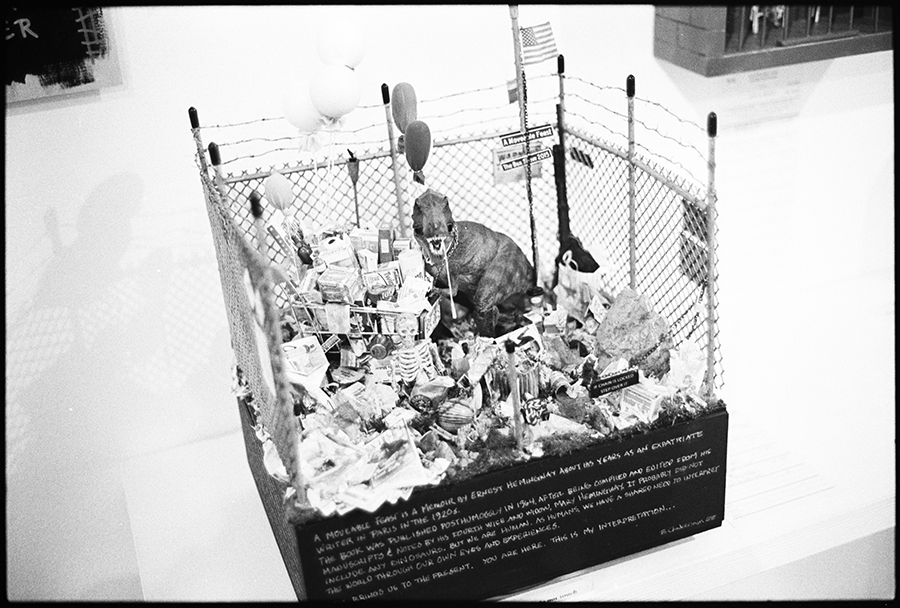Imagine a room where 150 windows open into alternate worlds, be they simple, garish, theatrical, or dreamy. This is the feeling one gets walking . . .
At Box Show, mini worlds and transformation


Imagine a room where 150 windows open into alternate worlds, be they simple, garish, theatrical, or dreamy. This is the feeling one gets walking . . .